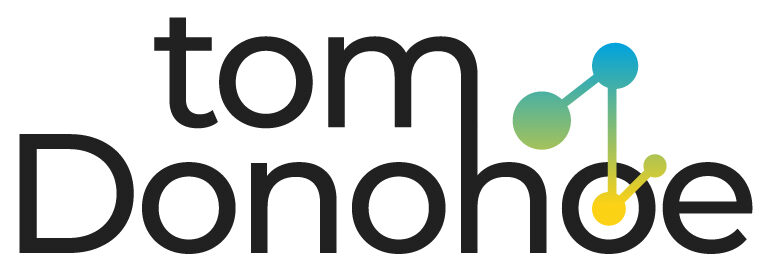Your Digital Marketing Plan Template

Digital marketing is essential to the continual growth of your company, particularly in the current “virtual” economy. When your marketing team is overwhelmed and uncertain about what to do, simplify. The simpler your digital marketing, the fewer distractions, which improves your chances of reaching your goals. You can quickly complicate your marketing strategies online and waste valuable resources such as cash and time. If you cannot clearly articulate your digital marketing strategy and link it to your business’s financial goals, There’s a high possibility of failure and deficiency of return on investment.
How can you streamline your digital marketing strategy? Make use of a well-tested template. Look over our tips below, and then create an effective digital marketing strategy template to help you grow your business’s growth.
Be Challenge/Solution-Oriented
Marketing has always been centered around the problem/solution dynamic and still holds an essential place in marketing through digital channels. Simple is the best way to go, with four steps to set goals to address your most pressing issues.
What are the things you’d like to achieve with your digital marketing, and what impact will it impact your business? How will it affect your company when you don’t reach this target? If you make your goals S.M.A.R.T., you can track your progress. S.M.A.R.T objectives include:
Specific
Measurable
Attainable
Realistic
Timely
For example, you could set a goal to increase the number of customers by 60 next year due to your online marketing efforts. If you achieve this target, you can reach other goals like recruiting new team members, purchasing more equipment, providing additional services, etc. Your other goals aren’t met if you fail to meet the first target. To make the plan feasible and achievable, you can break it down into the level of a monthly target. For a month, you’ll have to increase your marketing efforts on the Internet by adding five customers per month. Five new customers are more manageable and less stressful than acquiring 60.
Many marketers set digital marketing goals in terms of the number of visitors to their websites and conversions; however, setting goals based on actual customers or deals will ensure that you’ll reap the benefits of any digital efforts.
Digital Marketing Strategy Toolkit
The variety of methods and channels at your disposal can pose more of a challenge than the solution. Before you start drafting your digital marketing plan, make sure you have all the following details:
Channels
What channels are most popular among your group of customers? If your website generates leads for your company, You can get this information in Google Analytics Acquisition Reporting.
Topics
What topics are the competitors using to expand their market share, and where can potential customers look for these areas? Ahrefs Content Gap tool will assist you in locating these topics.
KPIs
Which performance indicators for crucial performance are most efficient? If you’re not sure what the correct answer is, don’t worry. Some tools and resources that can assist you in your search.
Learn more about the three most significant Digital Marketing KPIs:
Acquisition and Customer Journey Data
Customer Value
Conversion Data
Choose the right tool to evaluate these KPIs. We suggest Databox Databoards.
Audience
Creating content for the correct people is crucial to any digital marketing plan. Keep simple and stay true to the original objective. With our example goal above, we’ll develop strategies to target the right people with the right content to get sixty new clients.
Personas
The process of defining the “ideal audience” begins with developing personas. If you’re a B2B company, personas can be an extremely effective tool when utilized properly. Utilize this B2B buyer persona template to start.





